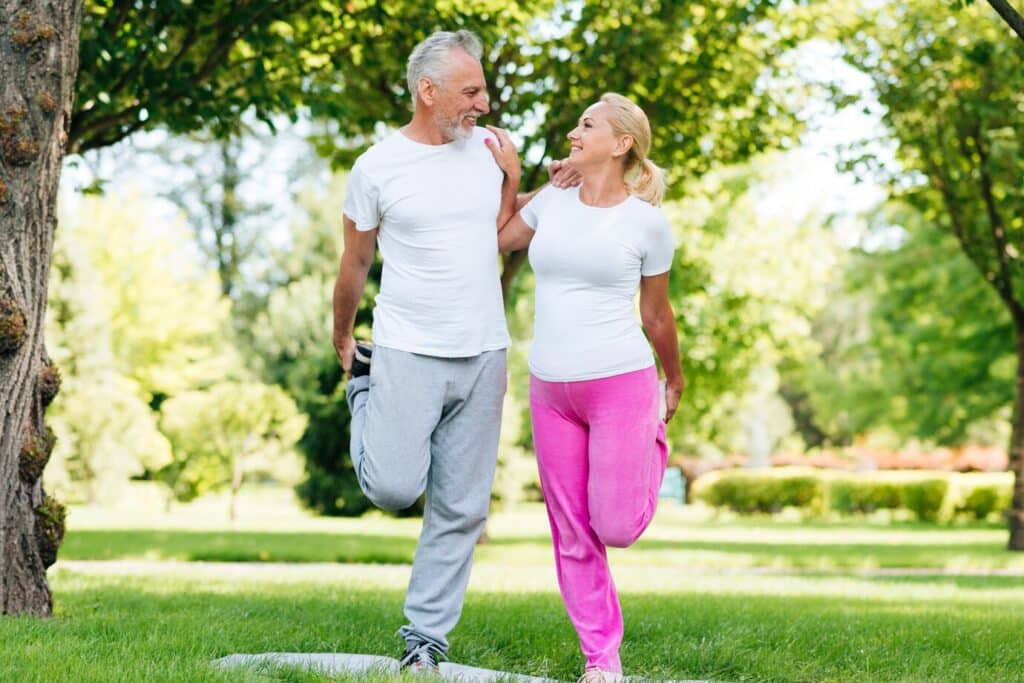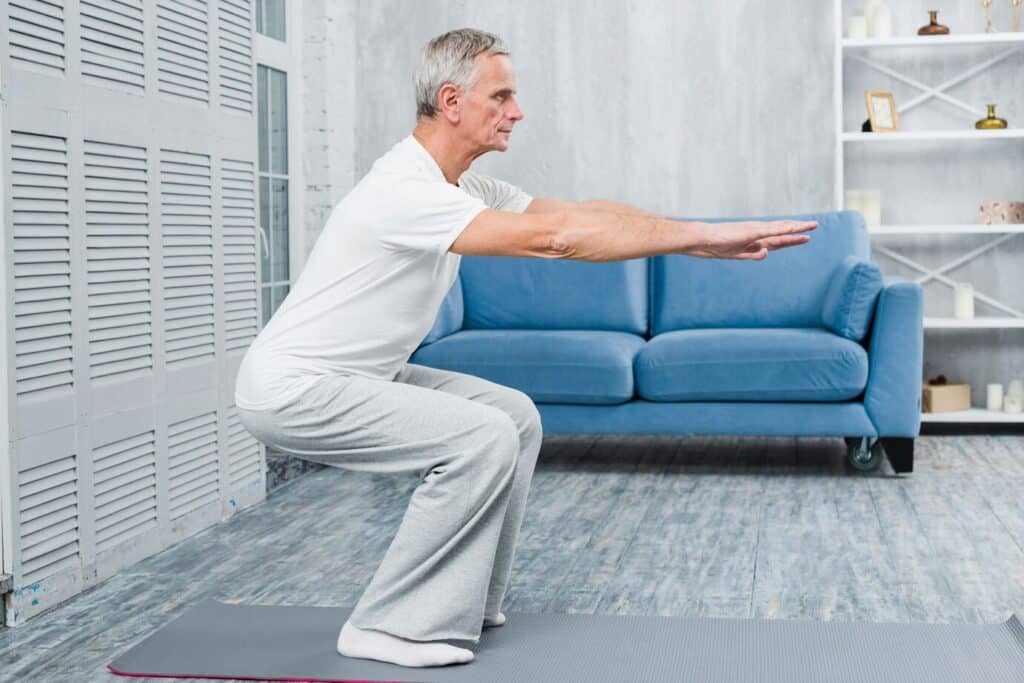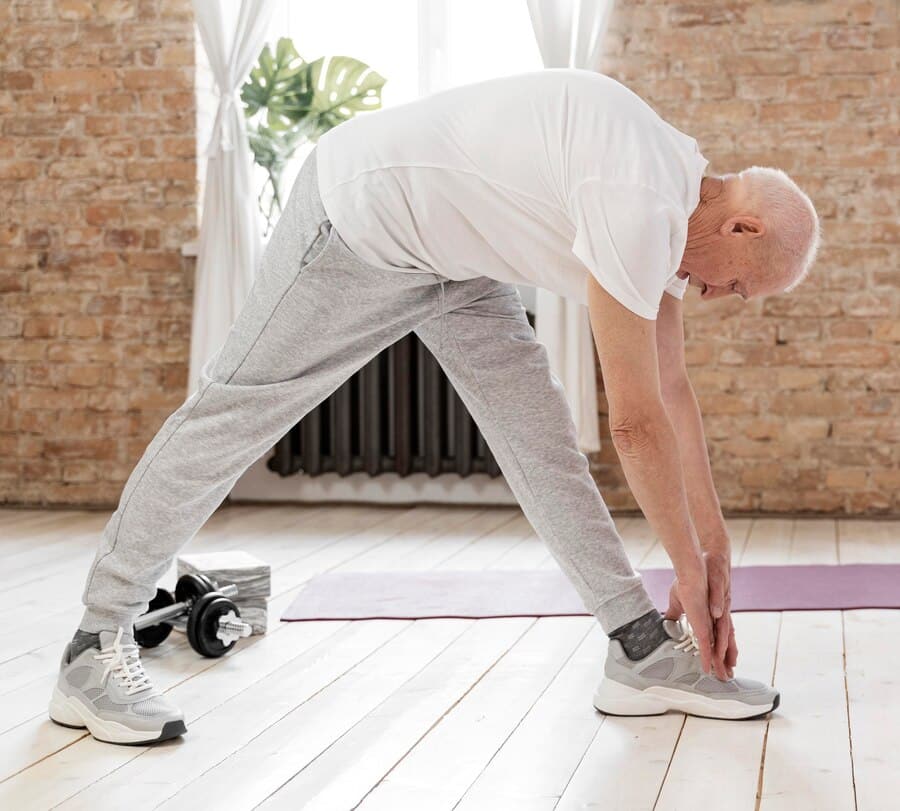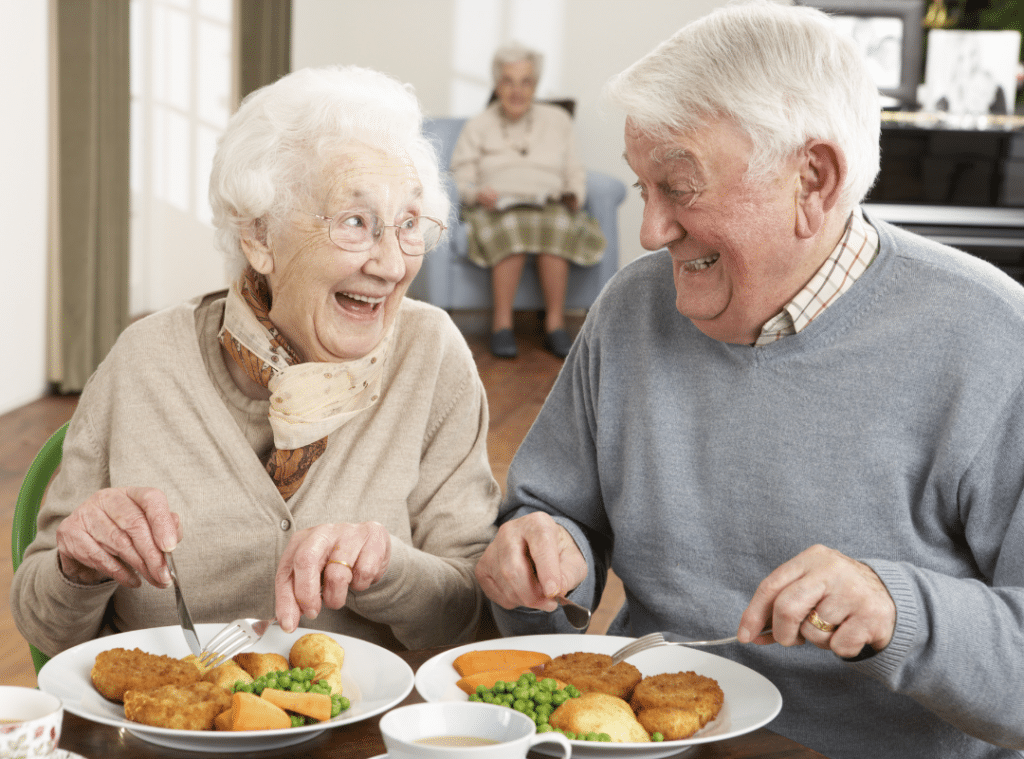Embracing Active Aging
Maintaining an active lifestyle becomes increasingly vital for our overall health and well-being as we age. In this guide by Westmont of Culver City, we’ll explore the importance of exercise for older adults and provide practical tips tailored to the unique needs of seniors. By understanding the benefits of staying active and implementing targeted exercise routines, older adults can enhance their vitality and enjoy a higher quality of life well into their golden years.
The Benefits of Exercise for Older Adults
Regular exercise offers many of benefits for older adults, both physically and mentally. From improving cardiovascular health to enhancing cognitive function and mood, staying active is vital to aging gracefully. Walking, swimming, and gentle yoga activities can help older adults maintain flexibility, strength, and balance, reducing the risk of falls and injuries. Moreover, exercise promotes social interaction and can alleviate loneliness or isolation, fostering community and connection among seniors.
Tailoring Exercise Routines for Older Adults
When designing an exercise routine for older adults, it’s essential to prioritize safety and individual needs. Low-impact, gentle joint exercises, such as tai chi or water aerobics, are ideal for seniors with arthritis or mobility issues. Strength training using light weights or resistance bands can help maintain muscle mass and bone density, reducing the risk of osteoporosis. Additionally, incorporating flexibility and balance exercises, like stretching or standing on one leg, can improve stability and prevent falls.
Overcoming Barriers to Exercise
While the benefits of exercise for older adults are undeniable, many seniors face obstacles when staying active. Chronic health conditions, pain, or limited mobility may deter older adults from engaging in regular physical activity. Moreover, access to affordable fitness facilities or transportation can pose challenges for seniors living on a fixed income. By addressing these barriers through community resources, home-based exercise programs, or adaptive equipment, older adults can overcome obstacles and reap the rewards of an active lifestyle.
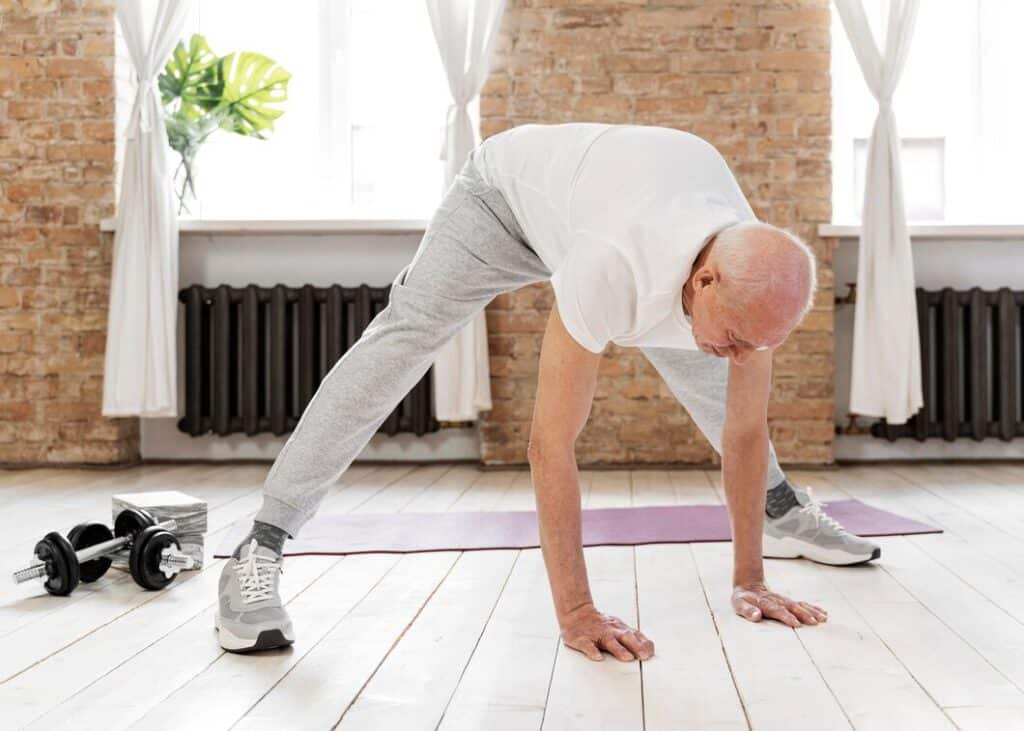
Overcoming Barriers to Exercise
Motivating Older Adults to Stay Active
Encouraging older adults to embrace exercise requires a supportive and motivating environment. Family members, caregivers, and healthcare professionals are crucial in promoting physical activity and providing encouragement. Senior group exercise classes can offer social support and accountability, making workouts more enjoyable and engaging. Setting realistic goals and celebrating achievements, no matter how small, can also boost motivation and inspire older adults to prioritize their health and fitness.
Incorporating Exercise into Daily Life
Making exercise a regular part of daily life is vital to long-term success for older adults. Simple strategies, such as taking short walks after meals, gardening, or dancing to favorite tunes, can add significant health benefits over time. Integrating physical activity into daily routines improves physical health and enhances cognitive function and mood. By finding activities that bring joy and fulfillment, older adults can cultivate a sustainable exercise habit that supports their overall well-being.
Maintaining Safety During Exercise
Safety should always be a top priority when engaging in physical activity, especially for older adults. Before starting any new exercise regimen, it’s essential to consult with a healthcare professional to ensure that it’s safe and appropriate for your health status. Additionally, warming up before exercise and cooling down afterward can help prevent injuries and minimize muscle soreness. Listening to your body and pacing yourself during workouts is crucial, as pushing too hard can lead to fatigue or strain. Finally, staying hydrated and wearing appropriate footwear and clothing can reduce the risk of accidents or discomfort during exercise sessions.
Finding Joy in Movement
Exercise doesn’t have to feel like a chore—finding activities that bring joy and fulfillment can make staying active more enjoyable for older adults. Whether dancing to favorite music, practicing gentle yoga in the morning sun, or taking leisurely walks in nature, incorporating activities that resonate with personal interests and preferences can enhance motivation and adherence to an exercise routine. Group activities or classes that foster a sense of camaraderie and shared enjoyment can also make exercise more social and engaging for seniors, leading to long-term adherence and improved overall well-being.
Monitoring Progress and Adjusting Goals
Tracking progress and celebrating achievements are essential to maintaining motivation and momentum in an exercise program. Monitoring progress can provide valuable feedback and encouragement, whether it’s keeping a workout journal, using a fitness app to log activity, or participating in regular assessments with a personal trainer or healthcare professional. Setting realistic goals and periodically reassessing them allows older adults to adapt their exercise routines as needed and stay motivated on their fitness journey. Celebrating milestones and acknowledging progress, no matter how small, can help older adults remain focused and committed to their health and wellness goals.
Embracing a Holistic Approach to Health
While exercise is a crucial component of healthy aging, it’s essential to take a holistic approach to well-being that encompasses other aspects of health, such as nutrition, sleep, and stress management. Eating a balanced diet rich in fruits, vegetables, lean proteins, and whole grains provides essential nutrients that support overall health and energy levels. Prioritizing adequate sleep and practicing relaxation techniques, such as meditation or deep breathing exercises, can reduce stress and promote optimal physical and mental function. By addressing these interconnected aspects of health, older adults can maximize the benefits of exercise and enjoy a higher quality of life in their later years.
Empowering Older Adults to Thrive
In conclusion, exercise holds the key to vitality and well-being for older adults, offering a wide range of physical, mental, and emotional benefits. By tailoring exercise routines to individual needs, overcoming barriers, and finding joy in movement, older adults can reap the rewards of an active lifestyle well into their golden years. With the support of caregivers, healthcare professionals, and community resources, older adults can embrace a holistic approach to health and thrive in all aspects of their lives. Let’s embark on this journey together and prioritize our health and happiness as we age.
Can you prioritize your health and well-being through tailored exercise programs? Contact Westmont of Culver City at 310-736-4118 to learn more about our personalized fitness offerings and start your journey to a healthier, more vibrant life today!



